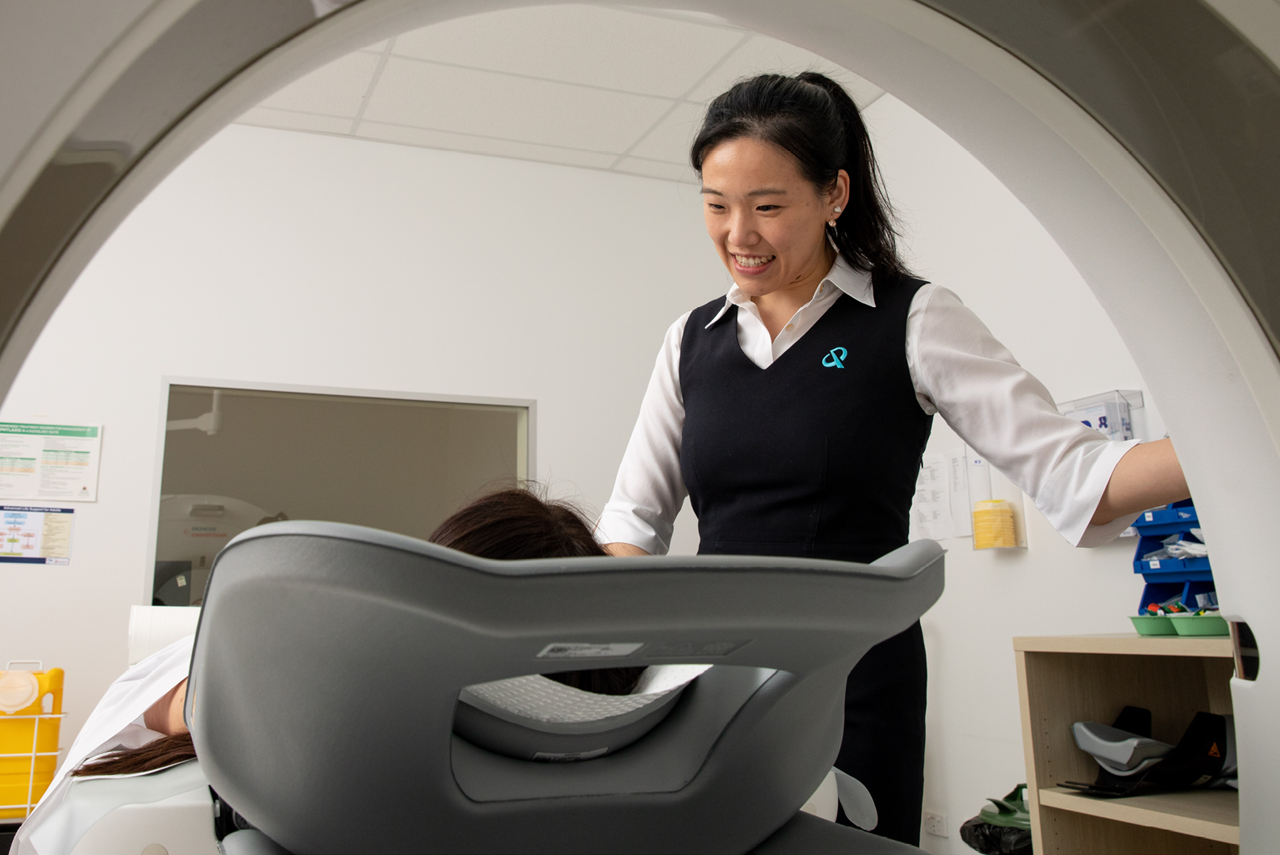National Lung Cancer Screening Program
Queensland X-Ray is a provider of the Australian Government’s National Lung Cancer Screening Program (NLCSP). The program aims to achieve better health outcomes for Australians by detecting lung cancer early and helping to reduce deaths from lung cancer.
Screening can help detect cancer at an earlier stage. Earlier diagnosis can help improve health outcomes because cancer is more treatable in its early stages; it is associated with higher survival rates and improved quality of life.
By diagnosing lung cancer early, the program aims to decrease the number of patients who require treatment for advanced-stage lung cancer, when the survival rate is much lower.
Lung cancer is the leading cause of cancer-related deaths in Australia.
Participants of the NLCSP will require a referral from their GP or healthcare practitioner to undergo screening.
Lung Screening FAQs
-
Your GP/healthcare practitioner may have referred you for lung screening if you are at higher risk of developing lung cancer. Lung screening is recommended for older adults who are long-time smokers.
Through the National Lung Cancer Screening Program, you may qualify for free screening. Your GP/healthcare practitioner will check your eligibility by asking your age and questions about your smoking history.
If you are eligible for screening, you will receive a medical imaging request for a CT scan.
To make an appointment for lung screening with Queensland X-Ray, access our booking portal here. We accept all lung screening referrals, even if it is written on another radiology provider's form.
-
Through the National Lung Cancer Screening Program, Queensland X-Ray practices across the state are offering low-dose CT scans at no cost to eligible Australians.
You may be eligible for free lung cancer screening if you:
- are aged between 50 and 70 years
- show no symptoms of lung cancer
- have a history of at least 30-pack years of cigarette smoking and are either a current smoker or you have quit within the past 10 years
If you're eligible, there are no out-of-pocket costs for your low-dose CT scan.
You will need a referral from your GP or healthcare practitioner to undergo screening. For full eligibility criteria, click here.
-
To undergo screening under the NLCSP, you will need a referral from your GP/healthcare practitioner.
You can book your appointment with Queensland X-Ray online through our booking portal or contact our bookings team for assistance.
-
- Our team will provide any specific instructions at the time of booking, and these should be followed carefully.
- We recommend wearing a separate top and bottoms during your appointment as this makes changing for the examination easier.
- If you are pregnant or there is a possibility of you being pregnant, please let our staff know before your examination.
-
- You may be asked to change into a gown for your scan to ensure clothing does not affect the quality of the scan. You may also be asked to remove any jewellery, glasses or other metal objects that could affect the image quality.
- A CT scanner is a doughnut-shaped machine with a bed passing through the middle. You will be asked to lie on the bed as still as you can. The bed will move through the scanner to take images of your lungs.
- Throughout the scan, you will be able to communicate with the radiographer performing your scan.
- You may be given breathing instructions to follow. The radiographer performing your examination will explain this to you before your scan.
-
Lung screening involves having a chest CT scan performed. It is a quick and non-invasive test that generally takes between 10 and 15 minutes to complete.
-
A lung cancer screening is a quick, non-invasive procedure that uses low-dose CT imaging to detect lesions and signs of cancer before symptoms appear.
Lung cancer often has no symptoms until it’s advanced. So it’s important to get screened, even if you feel well. Screening can lead to an earlier lung cancer diagnosis, when treatment is more effective.
-
Once your scan is complete, a Queensland X-Ray radiologist will review the images, and your results will be entered into the National Cancer Screening Register (NCSR). A report will be sent to your referring GP/healthcare practitioner.
Following these results, you will receive communication from the NCSR on the next steps – these will depend on what is found during screening.
-
Patients eligible for the National Lung Cancer Screening Program will have their chest CT scan bulk-billed. To undergo screening, you will need a referral from your GP/healthcare practitioner.
-
Yes, screening under the NLCSP requires a referral. Your GP/healthcare practitioner will assess eligibility and provide a referral for a low-dose chest CT if you meet the criteria.
How much will it cost?
Fees for radiology procedures will vary depending on a variety of factors. We will advise you about the cost of your service at the time of booking but if you do have any questions, contact us and one of our team will be happy to help with your query. You can read more about our billing information here.
How do I access my images?
At Queensland X-Ray, we provide our patients with their images and results online. To access your images and results, you’ll need to register for an account when you visit one of our practices. If you’ve already registered, you can access the Patient Portal here.

